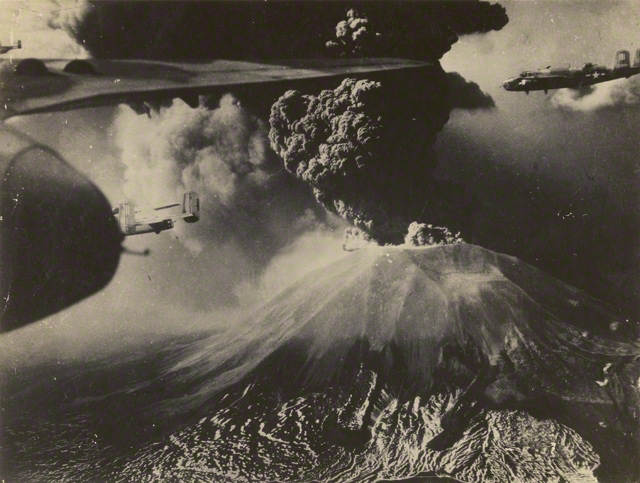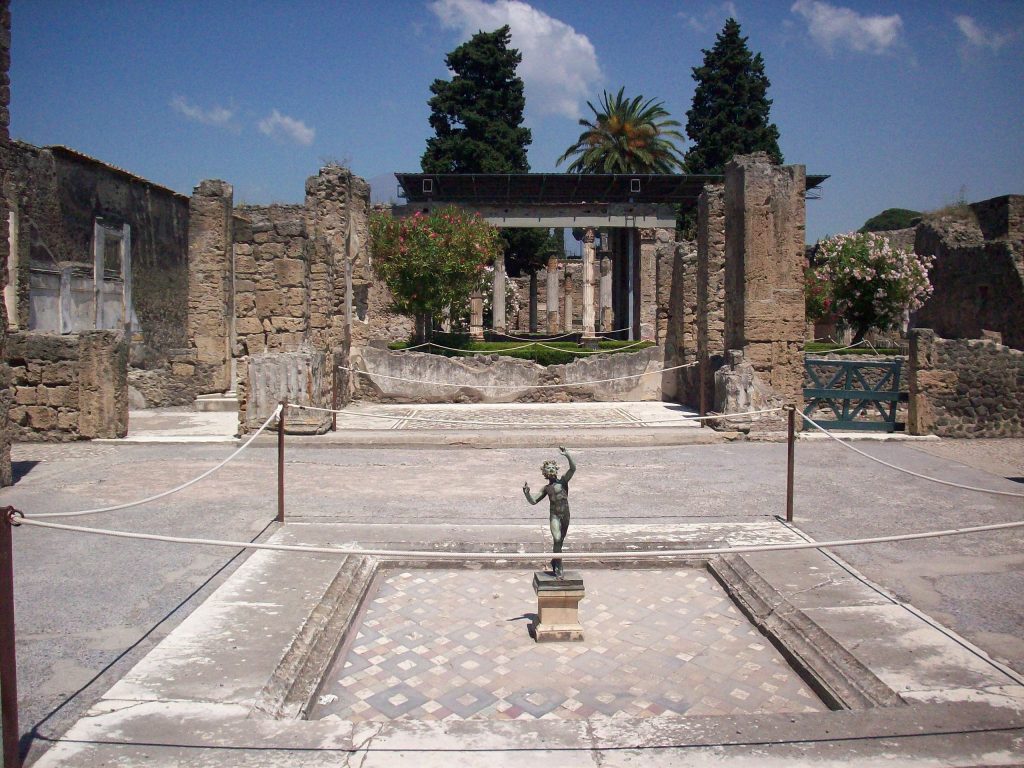Art World
Archeologists Have Been Quietly Defusing Dozens of Undetonated Bombs Hidden in Pompeii for Years
The archaeological site says the unearthed bombs are no threat to visitors.

The archaeological site says the unearthed bombs are no threat to visitors.

Sarah Cascone

Archaeologists are still discovering new wonders at Pompeii nearly 2,000 years after the site was engulfed in ash by the eruption of Mount Vesuvius. But there’s more to be unearthed than historic frescoes and upper-class Roman architecture: the popular tourist attraction is also home to 10 unexploded bombs of a far more recent vintage, dropped by Allied forces in World War II.
In 1943, Allied air forces dropped 165 bombs on the Italian historical wonder during nine air raids, reports the Guardian. Pompeii was targeted due to reports—which ultimately turned out to be false—that German forces were encamped in the ruined city.
Many explosives were removed from sites across the country after the war, but, according to statistics from the Italian defense ministry, thousands of old bombs are still defused in the country every year.
At Pompeii, 96 bombs have been located and deactivated already, according to the Italian newspaper Il Fatto Quotidiano. The remainder of the bombs are in an area that has not yet been excavated. The paper notes that “many of them were defused or had already exploded. But at least 10 of those explosives are still there.” (That figure, according to Ars Technica, is based on the assumption that an estimated eight to 10 percent of bombs dropped during the war failed to detonate.)

American B-25 Mitchell Bombers fly past Mount Vesuvius during its eruption in March 1944. Photo courtesy of the Archive of Raymond D. Yusi, Army Corps of Engineers.
Documents from the National Aerial Photographic Archive show a map of the Pompeii bombing runs, which took place on August 24—coincidentally, the day that Vesuvius was believed until recently to have erupted in the year 79. (That belief was debunked in 2018 when archaeologists found ancient graffiti on the site dating to almost two months later, October 17 of that year.)
As for the World War II-era bombs, the Archaeological Museum of Pompeii claims there is no risk of an explosion, and that visitors don’t need to worry. The areas of the site that are open to the public are among the 44 acres that have already been carefully searched, and the remaining 22 acres will be explored with the utmost caution.

House of the Faun in Pompeii, Italy. Photo by Porsche997SBS, Creative Commons Attribution-ShareAlike 3.0 Unported (CC BY-SA 3.0) license.
“A bomb went off 30 years ago but that is impossible now under the regulations,” Massimo Osanna, the director of the Pompeii Archaeological Park, told the Telegraph. “Under the law, before any excavations can be carried out, we must work together with military engineers to clear the site.”